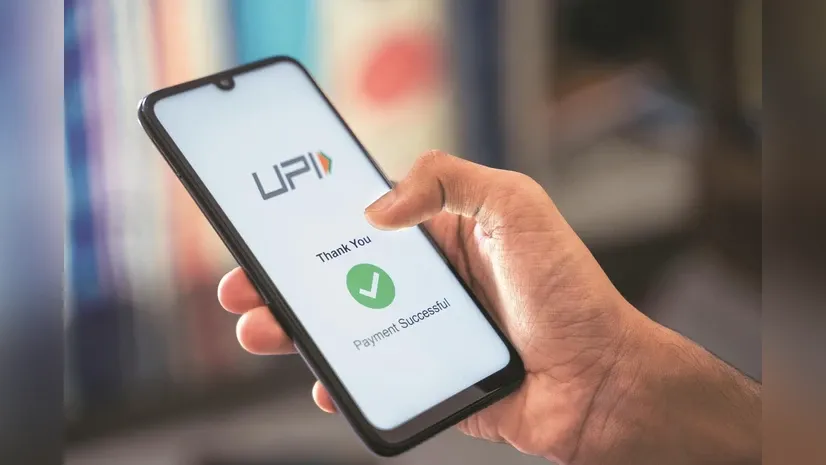In a major step to strengthen India’s digital payments ecosystem, the National Payments Corporation of India (NPCI) has announced higher transaction limits for Unified Payments Interface (UPI) transactions effective September 15, 2025. The revised norms will allow users to make single payments of up to Rs. 5,00,000 and daily payments up to Rs. 10,00,000 in specified categories such as insurance, capital markets, loan repayments, and travel. Person-to-Person transfers remain capped at Rs. 1,00,000 per day. This policy shift is designed to facilitate large-value digital transactions, enhance merchant adoption, and reduce reliance on traditional payment modes like NEFT or cheques.
Why the Change Matters
UPI has transformed how Indians pay for daily transactions, but its utility for high-value payments was constrained by earlier ceilings. Premium insurance policies, large investment contributions, and travel bookings often exceeded transaction limits, forcing users to split payments or switch to slower bank transfer modes. By lifting the thresholds, NPCI is addressing a long-standing demand from consumers and businesses for seamless, single-transaction convenience in big-ticket categories.
New UPI Limits in Detail
- Insurance, Capital Markets, Loan Collections, Travel, and Other Verified Merchant Payments: Up to Rs. 5,00,000 per transaction, with an aggregate cap of Rs. 10,00,000 in 24 hours.
- Credit Card Bill Payments: Capped at Rs. 5,00,000 per transaction and Rs. 6,00,000 daily.
- Jewellery Purchases: Limited to Rs. 2,00,000 per transaction and Rs. 6,00,000 daily.
- P2P Transfers: No change; capped at Rs. 1,00,000 daily.
The increased limits will apply only to verified merchants, with banks retaining discretion to impose stricter ceilings as part of their risk management frameworks.
Implications for Consumers and Businesses
For consumers, the revised thresholds mean fewer hurdles when settling high-value obligations such as premium insurance payments, stock market transactions, or loan EMIs. For businesses, especially in financial services, the move reduces friction in collections and enhances customer experience. Verified merchants in travel, education, and healthcare sectors also stand to benefit as they can accept larger payments seamlessly, boosting digital adoption and reducing dependency on cash or cheques.
Risk Management and Safeguards
With higher transaction volumes comes the challenge of safeguarding against fraud. NPCI’s guidelines stress that these limits apply only to verified merchants, and acquiring banks remain responsible for enforcing KYC standards and transaction monitoring. Fraud-detection infrastructure, merchant vetting, and consumer education will be critical to ensure user confidence in the system.
Broader Economic Significance
The decision underscores UPI’s evolution from a tool for micro and mid-sized payments to an enabler of large-value transactions. It aligns with India’s broader digital economy goals, promoting transparency, financial inclusion, and efficient fund flows. By reducing reliance on legacy payment systems, the new framework could further cement UPI’s position as the backbone of India’s digital financial infrastructure.

Comments